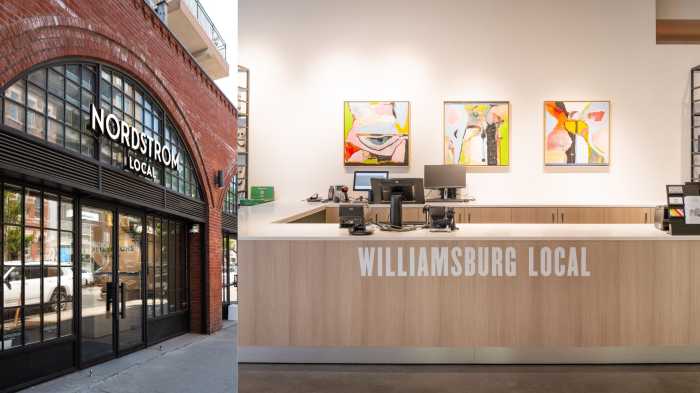I am strongly against Walmart’s entry into New York City, and I won’t pretend that I’m completely objective. I own the Gristedes supermarket chain, and if Walmart comes to town, it would mean competition for my business.
But it isn’t my business that I’m worried about. Over the years, my business has been able to grow way beyond its beginnings in the neighborhoods of New York. So it is not threatened with extinction if Walmart comes to town.
But others are.
I am convinced that Walmart’s entry into the five boroughs – particularly in the aggressive manner in which the company has outlined its plans – is a real danger to the overall economy and character of this city.
As all New Yorkers know, the real estate base of New York is centered in more than 200 diverse neighborhood shopping areas throughout Brooklyn, Queens, Manhattan, the Bronx and Staten Island. These shopping strips – whether Seventh Avenue in Park Slope, 86th Street in Bay Ridge or Lydig Ave. in the Bronx – are our downtowns.
They not only anchor the tax base, but they also define the neighborhoods themselves. Many of the shop owners also own homes in the city and are engaged in civic debate.
The stores themselves are, taken together, more economically stimulative to the city’s economy than a single big-box store like Walmart. These entrepreneurs not only hire locally, but they buy the bulk of their inventory from local distributors. The professionals they hire are by and large locally based.
When a local store earns money, it tends to get reinvested in the city. Studies show that local, independent stores circulate about 85 percent of their revenues in this fashion, while large national chains circulate only about 15 percent of their revenues locally.
Nor should it be lost on us that many of these store owners are immigrants pursuing the American Dream, as I was when I started out. Not so of Walmart – so letting the huge retailer set up shop in New York will have an unavoidable anti-immigrant impact.
Wherever the retail giant has located, smaller competitors – the ones that have always helped shape the character of our cities – struggle to stay in business. It’s a basic law of economics that when one retailer gains, it’s going to come at least partly at the expense of others. Why would we want to do this, especially with so many small businesses already struggling mightily?
And haven’t we been trying to build a more environmentally friendly city? Well, ensuring that walk-to-shop neighborhoods stay healthy is an important piece of sustainability. And it keeps our city safe, because there are more people on the streets at all hours.
Walmart, on the other hand, will generate tens of thousands of additional car and truck trips a week. I don’t understand how we could, on the one hand, argue for congestion pricing – then turn around and push for the building of malls and box stores on the city’s periphery.
Walmart insists that New Yorkers want it to come here; it even commissioned an opinion poll to prove it. But polls can be misleading.
The greatest New York retailers have always been those emerging from the neighborhood. We don’t need to import our success stories.
We have already lost so many of our independent stores to the chain invasion. The Center for an Urban Future reports that every borough registered a net increase in chain stores over the past year.
Let’s not let Walmart put the nail in the coffin.
Catsimatidis is the owner, chairman and CEO of the Red Apple Group. This Op-Ed piece was adapted from a letter written to the New York City Partnership.
Reprinted from the Wednesday, January 12th 2011, editions of The New York Daily News.



































